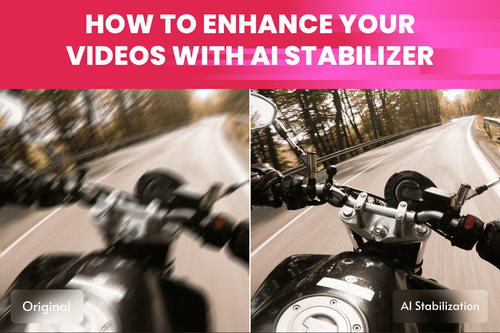It’s hard to overlook the fact that artificial intelligence (AI) continues to dominate conversations across industries. AI’s impact is widespread and transformative, offering increased efficiency in numerous sectors. It’s fair to assume that in 2025 the overall interest for AI technology continues, making it crucial for understanding the latest trends that will drive market movements. Here is our A to Z trends overview of what are the next game-changers in AI technology at a glance.
Big players are here to stay
NVIDIA will continue to stay as the most valuable company in the world. Its dominance is based on technological superiority, but also in ingenious ways to overcome obstacles ahead. We can witness company ingenuity as being faced with the trade ban on the sale of high-end chips to China. NVIDIA has released a series of mid-range AI chips for the Chinese market with varying degrees of success. NVIDIA aims to introduce a new line of AI chips tailored for the Chinese market, but exact specifications remain undisclosed. Dubbed the B20, the new flagship model is intended to form part of the Blackwell chip series, which is scheduled for mass production by the end of 2024. The aim is to continue its current 7-year long partnership with tech giant Inspur to introduce the chips to enterprise consumers. Meanwhile, its latest technology NVIDIA SHIELD TV brings support for AI upscaling using AI neural networks directly on the NVIDIA Tegra system on chip. As AI video upscaling becomes increasingly popular and widely adopted, it will bring more awareness to the multitude of its usability as owners will be able to directly upscale content on any major streaming platform.
The expanding GPU market
NVIDIA’s dominance in the GPU market might soon face competition. Leading AI companies such as Open AI explore various chip packaging and memory components to lower its dependency. OpenAI is in talks with chip designers like Broadcom to develop its own GPU, to reduce its dependency on scarce and ultra expensive NVIDIA components. As AI video upscaling benefits become more understood especially from video professionals, the demand will additionally continue to surge. We might soon witness the situation where multiple companies develop their own manufacturing fabs with specifically designed hardware structures. This is already a reality as OpenAI is considering establishing new companies and looking for investors to finance building new data centers. Unseen demand for GPUs will continue to create bottlenecks for companies aiming to adopt or develop on their own AI learning models. It seems that the hardware market is again a very noisy place.
AI in film production
AI's involvement in the creative process is intensifying. Studios like Lionsgate are exploring AI models tailored to their proprietary content. Lionsgate and Runway have entered into a first-of-its-kind partnership centered around the creation and training of a new AI model, customized on Lionsgate’s proprietary catalog. The model will be able to generate cinematic video that can be further iterated using Runway’s suite of controllable tools. This is a significant statement towards ever concerning doubts of how to maintain ownership of creative output without losing rights for proprietary owners. The movie makers will have to embrace a middleway when it comes to using AI generative tools to create videos or AI upscalers for video pre- and post-production processes.
AI-powered video upscaling
Traditional video upscaling methods often involve enlarging low-resolution videos by replicating pixels, which can be time-consuming and limiting. In comparison, AI video enhancer uses deep learning algorithms to predict and generate new pixels based on the content surrounding the original pixels. This sophisticated pattern recognition allows for greater detail and overall video quality.
However, most advanced AI video enhancers still face relatively unsolvable problems with heavily degraded videos, as the limited amount of original detail means that the AI video enhancer has to generate a significant number of new pixels, which can be difficult to achieve regarding expectations. With recently introduced upgrades like Deep Clean Ultra V3 filters it is now possible to treat heavily degraded videos (i.e., VHS tapes, compressed video, videos with extreme detail loss) with improved data preparation process. The new process generates synthetic low quality videos that resemble real low quality videos much closer with noticeable faster processing times. This trend signals a shift toward faster, more reliable solutions for video post-production.
AI legislation and regulation
Concerns about authorship when it comes to generative AI video models and AI upscalers becomes a greater concern. It’s fair to say that governments and lawmakers have so far struggled to get to grips with the challenges of regulating AI. During the year laws were passed in the EU and China that attempt to limit its potential for causing harm. Measures include criminalizing uses such as making deepfakes and regulating its use in sectors like finance and law enforcement. But these rules are still just scratching the surface. We can expect far deeper regulation policies in the making.
Conclusion
What was first perceived as a threat to humanity, it becomes clear that AI is no longer a dangerous and futuristic idea but an integral part of technological advancements of today. From video enhancement to film production, AI is reshaping industries. Use cases with AI video quality enhancers are recognized by the industry in complex tasks such as movie making. However, as AI continues to evolve, regulation will be key in mitigating risks while maximizing its potential.





